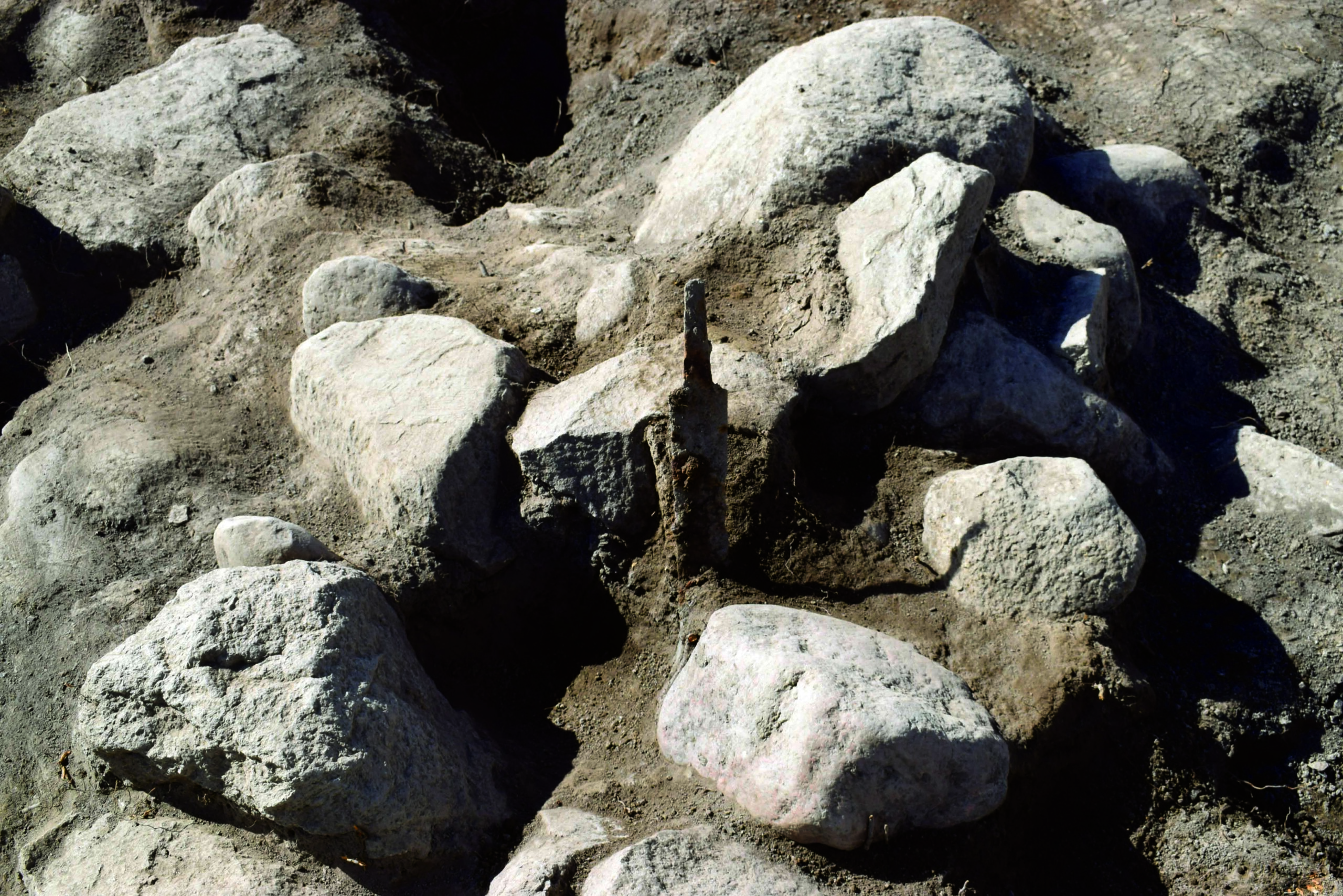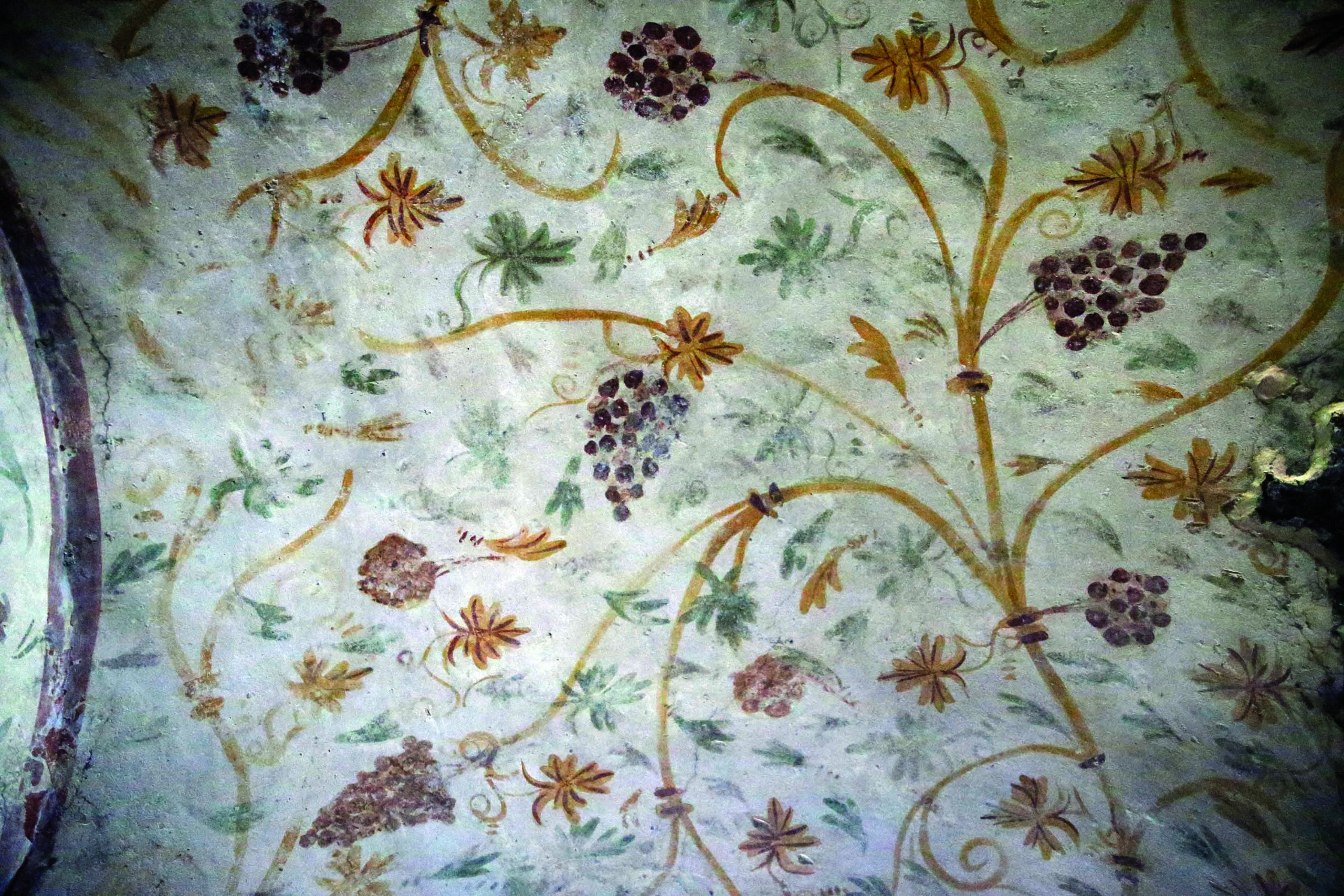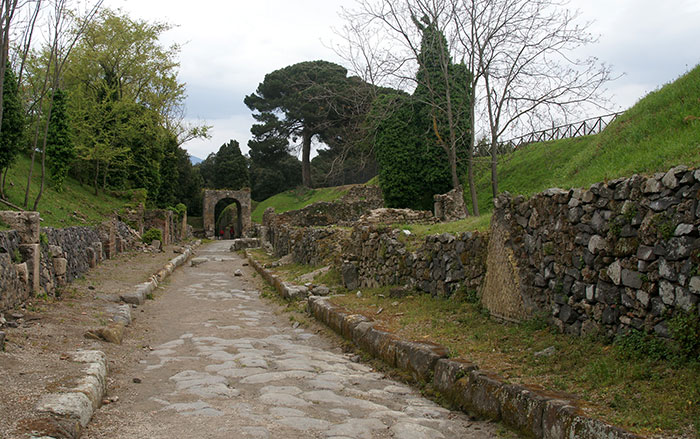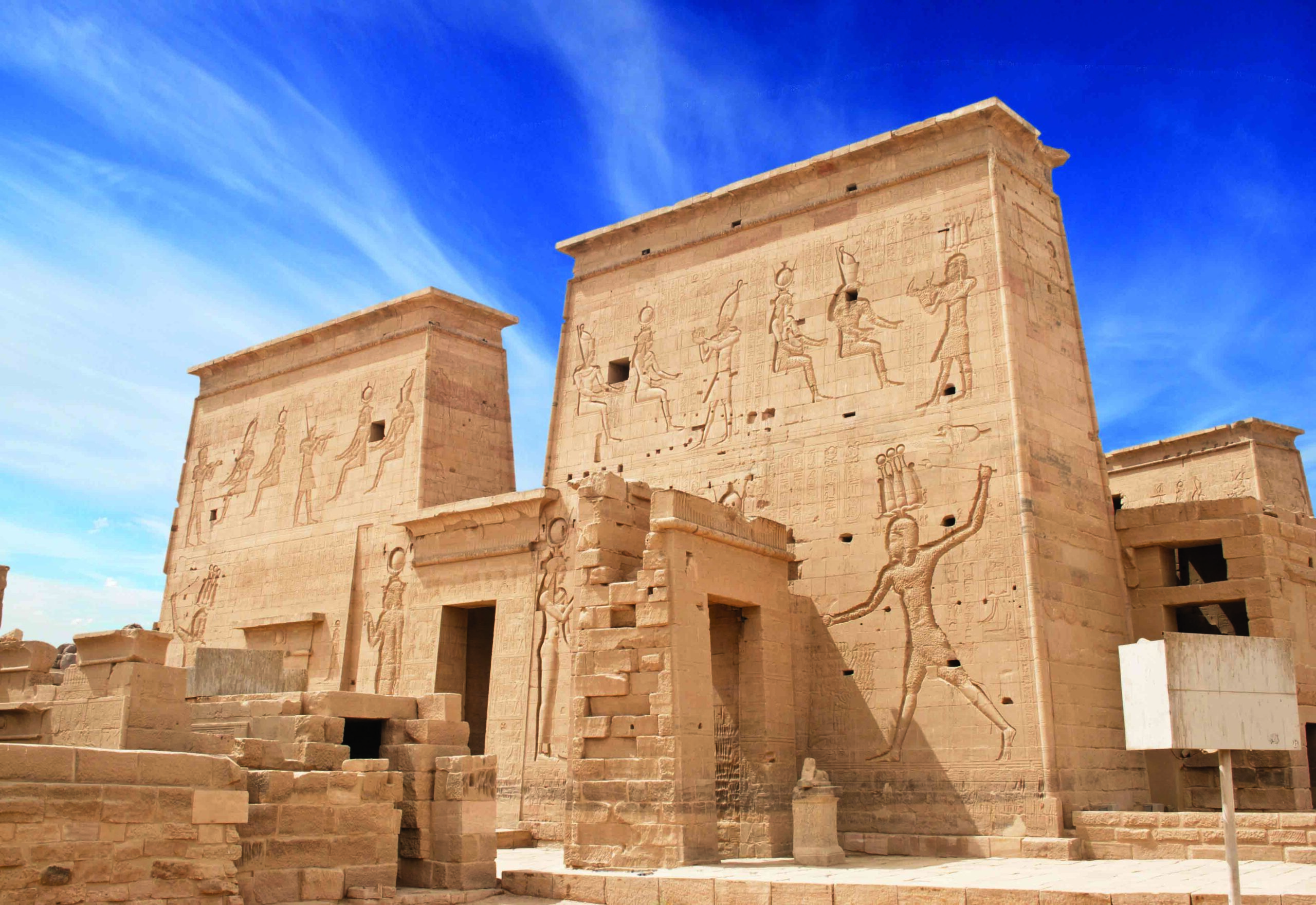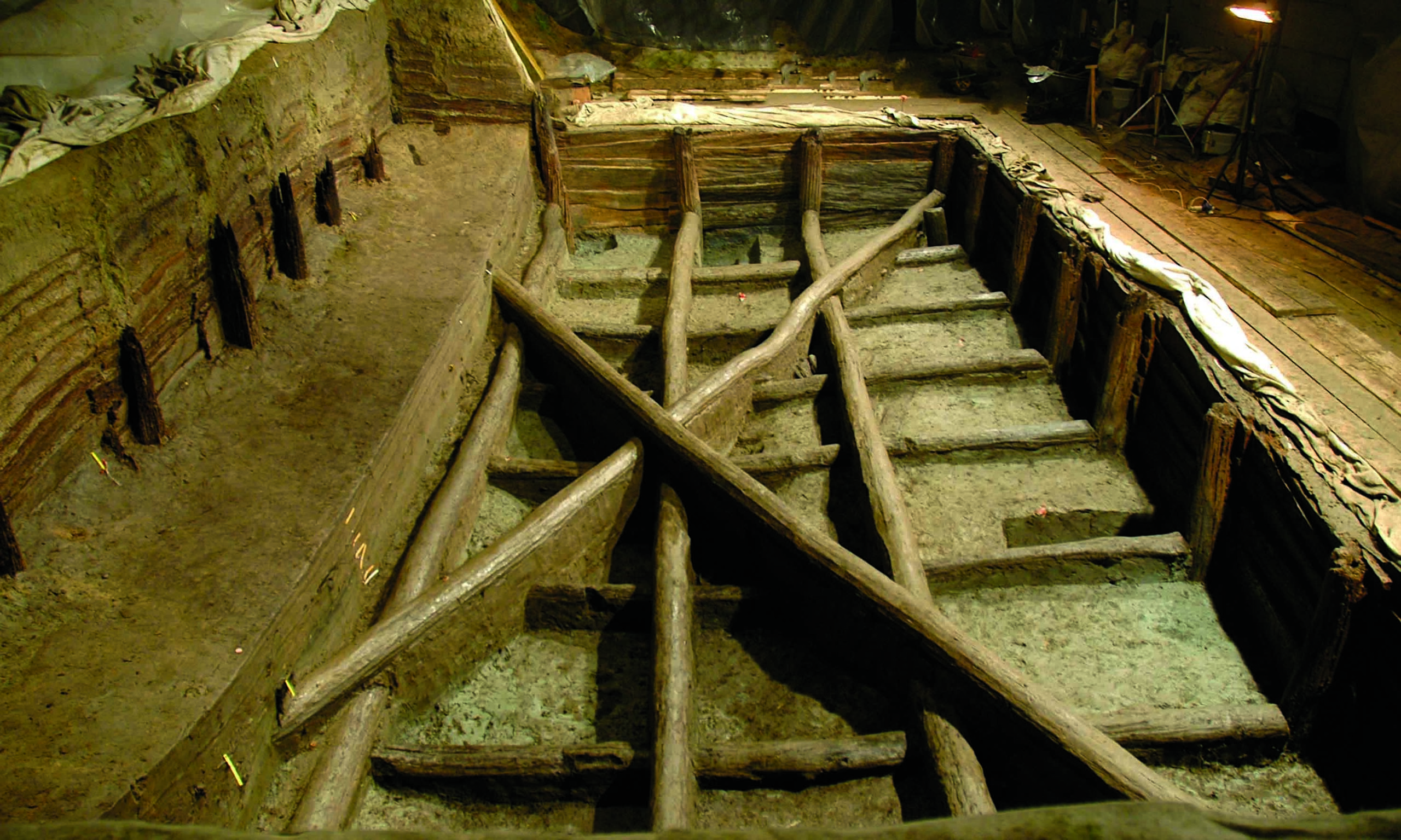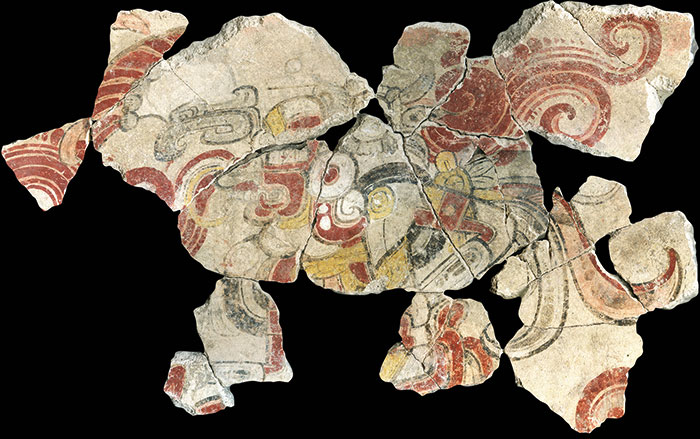
Two women buried in monumental four-millennia-old tombs located near water towers in ancient Arabia likely enjoyed special status. The tombs are associated with the Umm an-Nar culture, which lasted from about 2700 to 2000 B.C., a time when pastoralists began to shift to oasis-based agricultural systems in what is now the United Arab Emirates.
One woman was buried alongside a dog in a tomb at the site of Shimal. The canine, says bioarchaeologist Lesley Gregoricka of the University of South Alabama, appears to have been a companion or work animal, rather than a food source. While many of the other human remains in the tomb were cremated and buried together, the woman and her dog were not cremated and were buried on their own. Gregoricka speculates that the woman may have been a shepherd or hunter, and that the division of labor in this culture may have been more egalitarian than it became in later years. “The dog may have also aided her in some way—a lesion on her ankle could have impacted her mobility,” Gregoricka says.
The other woman, who was buried in a similar type of tomb at the site of Tell Abraq, was likely paralyzed from the waist down. Strong markers where the muscles attached to her shoulder, forearm, and upper arm bones reveal a great deal of strain, indicating she likely dragged herself around. Like the woman from Shimal, this woman was buried on her own. It is unclear, though, whether her special treatment in death represented a type of tribute or ostracism, says Gregoricka.



